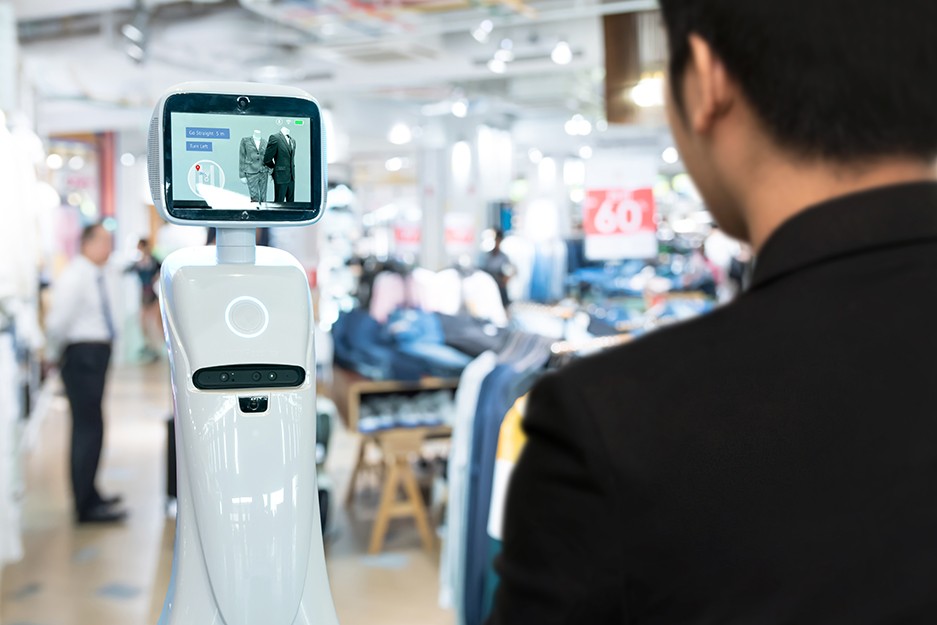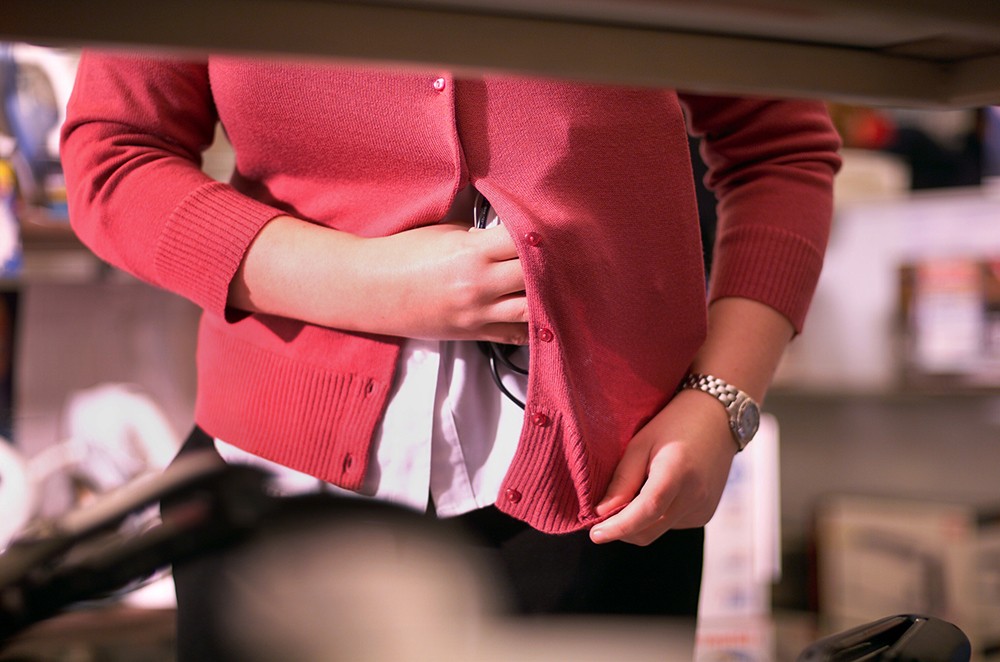
Five highlights of the NRF Big Show
Spanning three days, the National Retail Federation’s annual “Big Show” has just concluded in New York, with technology, and a personalized experience among the key themes explored by over 38,000 attendees over three days.
Here’s a quick recap of the event, with five key highlights from the NRF’s Big Show 2019.
What retail apocalypse?
The purported demise of retail remained a key theme with NRF chairman Chris Baldwin asking the crowd assembled at the opening: “Who remembers 2016?”
“That was the year of the supposed “retail apocalypse,” complete with store closings, bankruptcies and layoffs.
“I would love to say that retail is back, but that would be wrong,” he said. “Retail never went away. As I stand here today, I can say that our industry is more healthy, vibrant, innovative and exciting than ever.”
The reason? Good leaders and nimble companies who were helping “reimagine” the industry.
Tech a focus
Technology was naturally a big focus of this year’s big event, with retailers looking to better understand the potential impact of data and digitization.
The NRF noted: “Concepts like artificial intelligence, robotics, automation, facial recognition and the digital store were popular topics”.
A panel discussing robotics investigated the role robots could play in retail, and more specifically delved into a recent project that saw a 6-foot-3-inch-tall rolling robot named Marty become a fixture of grocery stores in Harrisburg and Carlisle, Pa.
“We wanted to personify the robot,” a panelist noted. “So we gave him googly eyes and a name. The customers love him, especially the kids. They’ve taken thousands of selfies with him.”.
The robot currently trundles about the stores identifying spills, but plans are afoot to see him also recognize out-of-stock items.
The panel explained that in retail, customer service was key. If a robot could take over the chore of preventing out-of-stocks, store associates could make more profitable use of their time, personally assisting customers.
Meanwhile, another panel, featuring representatives from Whirlpool, Sleep Number and the Autonomous Vehicle Alliance, looked at how technology connects consumers to products by bringing “ease, convenience and anticipation to consumers’ lives”.
They explained:
- Whirlpool had rethought product presentation in showrooms and customized the selling experience to help associates bring deeper information to consumer purchase decisions.
- Sleep Number added consumer value by connecting its products to their well-being, which was key to building loyal customer relationships; and
- Automated vehicles could assist retail by serving as both on-demand modes of transportation as well as distribution centers for retailers.
The customer experience – more than tech
While technology is playing a vital role in retail, it’s not the be-all and end-all and using it effectively is about good deployment.
This was the message at a session hosted by Healey Cypher, CEO of Zivelo, and Albert Vita, director of in-store experience and visual merchandising at Home Depot, who noted the store of the future combines the best of online thinking into the physical world.
“Having big stores with a lot of stuff and great selection is not enough,” Cypher said. “Customers want more. They have more at their fingertips every day so now it’s about experience. It’s about service, it’s about speed.”
They urged retailers implementing new technology to:
- Start with the right mindset and ask the right questions when considering what their consumer wants and needs
- Use the wealth of instore data available
- Ensure solving problems using tech doesn’t create friction elsewhere
- Make store associates feel like heroes by offering incentives and ensuring they know what they’re talking about
- Remember innovation is the by-product of solving a genuine customer problem
Bricks and mortar building brand equity
In a compelling presentation on the new role of bricks and mortar, Lee Peterson of WD Partners, took a deep dive into the evolution of physical retail over the past 20 years.
He noted while retail sales are up, foot traffic in stores had been going down 10 per cent year-over-year for the last decade or so.
“Physical retail is no longer about the distribution of goods,” he said, “but about building brand equity.”
He cited brands such as Vans and Dr. Martens, who have stores with no merchandise. They exist for people to socialize in or otherwise use as a gathering place, and along the way to increase their affinity for the brand.
Another new role for stores, Peterson noted, was click-and-collect where people order online and pick up in the store, while a further strength was online order fulfillment; in many cases it’s easier and cheaper to ship an item from a store’s inventory than from an online distribution center.
Four major goals
In a session about the major advancements retailers were looking to make this year, Forrester Research analyst Sucharita Kodali noted their latest survey indicated there were four main goals:
- Grow revenue – Retailers are focusing marketing efforts on acquiring and retaining customers and launching new products to drive revenue.
- Reduce costs – While growing revenue, many retailers are also seeking to reduce costs by lowering IT spending but improving the supply chain and retaining employees.
- Improve customer experience – Most retailers who responded to the survey said they will be working on both the online and in-store shopping experiences and increasing the frequency of engagement with customers.
- Improve products and features – Retailers will simultaneously be making products easier to use, launch products faster and increase customer input when designing products.
Big Show and retail quick stats
This year the NRF Big Show marked its 108th year, drawing nearly 40,000 attendees from across the globe, including 700 exhibitors. There were more than 500 scheduled speakers in more than 200 sessions, making up more than 100 hours of content.
It’s the biggest event on the retail calendar servicing a retail industry that the NRF notes:
- Supports one in four jobs in the US
- Comprises 42 million workers
- Contributes $2.6 trillion to the country’s GDP.
- Has grown faster than the nation’s GDP since 2016
- Featured 2000 net new store openings in 2018 and an expected sales increase of at least 4.5 percent over 2017.


